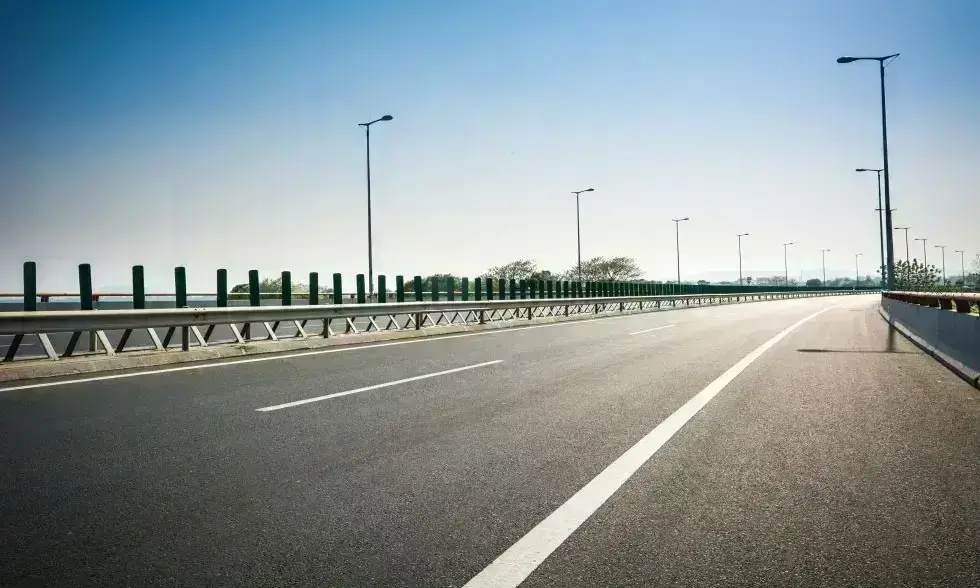In Slovakia, as in most countries, highways and expressways have been developed alike. The highways are designated as D1, D2, D3, and D4, while the expressways are distinguished by the R1, R2, R3, R4, R5, R6, R7, and R8 labels. In Slovakia, it is mandatory to pay for highway usage by purchasing a Slovak e-vignette. As in most countries, the electronic virtual vignette system is the most popular here, as it is one of the fastest and most convenient ways to obtain a valid vignette.
The Slovak e-vignette can be purchased for 365 days, 30 days, or 10 days. Heavy vehicles weighing over 3.5 tons must pay an additional fee, which is available in the same price category as if a vignette for a passenger vehicle is purchased.
The Slovak D1 highway runs through the country's most well-known historic cities, such as Trnava, Trenčín, Košice, and Michalovce. The D2 highway directly connects Hungary with the Czech Republic. The route also passes through the capital, Bratislava. Besides, it facilitates transit to Austria, as the highway extends all the way to the Austrian border. The current length of the D3 highway is 58.8 km, easing transportation to the city of Žilina, and according to agreements, it will be extended to the Polish border in a few years. The D4 highway is a crucial part of the Bratislava ring road, starting at the Austrian S8 highway terminus and extending to the Austrian A6 highway.
Outside the Slovak highways, there are about 760 kilometers of expressways available for travel. These roads can also mostly be used with a Slovak e-vignette. Certain sections do not require a separate highway toll, and these are marked with special signs. Toll-free sections typically occur in urban areas or on less developed roads, such as two-lane roads.
On Slovak highways and expressways, the maximum allowed speed is 130 km/h. If the toll road passes through inhabited areas, this speed is reduced to 90 km/h.
The official Slovak e-vignette can be purchased here, in the shop.









